How to Dispose of Drywall With Black Mold
Moldy drywall is a common problem in homes, especially those that are older. If you have a piece of drywall with black mold, you may wonder how to get rid of it. In this blog post, we will share some tips on how to dispose of drywall with black mold. Remember that mold can harm your health, so it is important to take proper precautions when handling it.
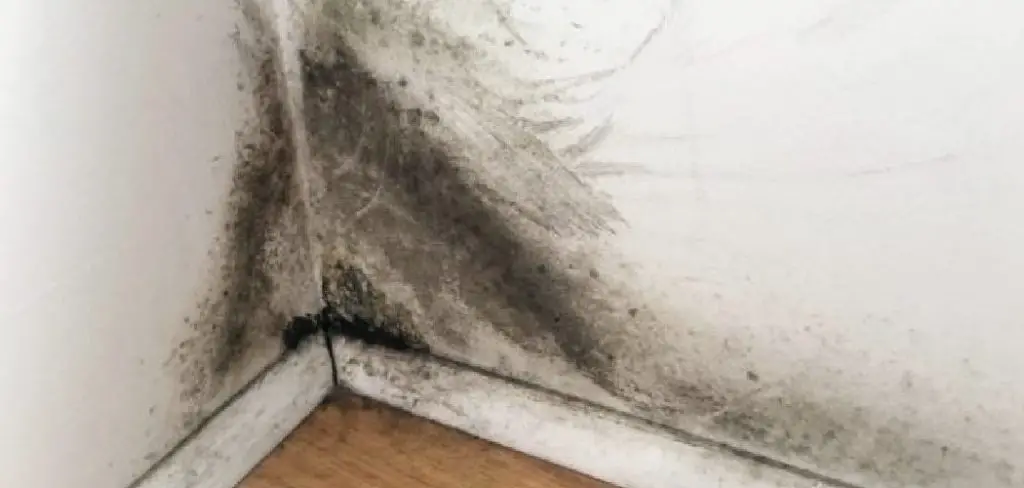
What Causes Mold on Drywall?
Mold grows in damp, dark places. If your home has a lot of moisture, such as from leaks or high humidity, this can cause mold to grow on your drywall. Mold can also grow if there is a water source behind the drywall, such as from a pipe leak. Drywall is made of paper and gypsum, which are both food sources for mold. Once mold starts growing on drywall, it can spread quickly. Another common cause of mold on drywall is flooding. If your home has been flooded, flood water can bring mold spores into the home, which can then grow on wet drywall.
Why Is Mold On Drywall Dangerous?
Mold is a type of fungi that can cause respiratory problems, skin irritation, and other health problems. Black mold, in particular, is a type of mold that can be particularly dangerous. If you are exposed to black mold, you may experience headaches, dizziness, nausea, and difficulty breathing. In extreme cases, black mold exposure can be fatal. Therefore, if you have any health concerns, it is important to see a doctor as soon as possible.
Step by Step How to Dispose of Drywall With Black Mold
1. Wear Personal Protective Equipment
When handling moldy drywall, it is important to wear personal protective equipment, such as gloves, a mask, and eye protection. This will help to protect you from exposure to mold spores. You may also want to wear a respirator if you have a mold allergy. It is also important to avoid touching your face while working with moldy drywall.
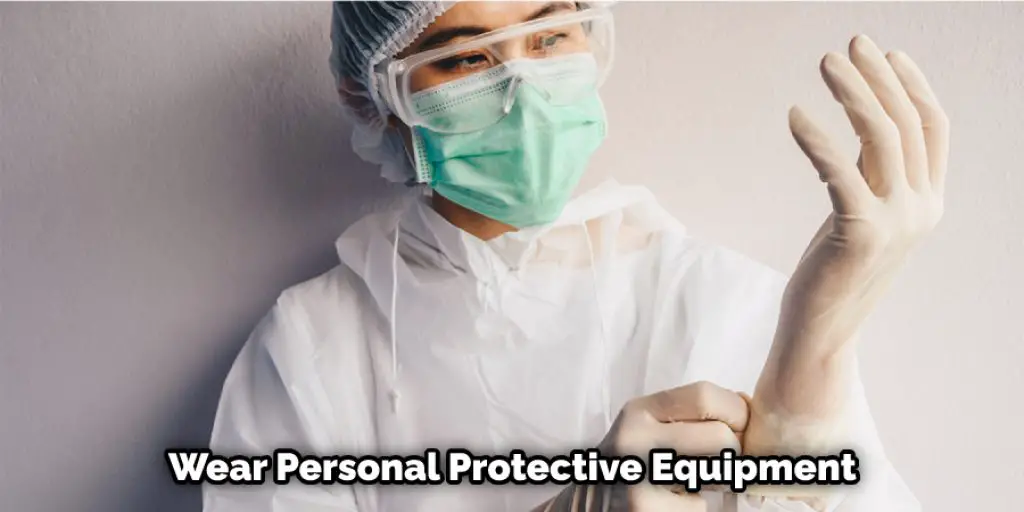
2. Inspect the Area for Mold
Before you begin, it is important to inspect the area for mold. It would be best if you are looking for black or greenish-black mold growth. However, you may also see white, fuzzy mold growth. If you see any mold growth, it is important to take steps to remove it.
3. Remove Wet Materials
If the drywall is wet, you will need to remove any wet materials, such as insulation, before you can dispose of the drywall. Wet materials can release mold spores into the air, which can cause health problems. To do this, first, remove any wet insulation. Next, use a shop vac to remove any water from the area. Finally, use fans and dehumidifiers to dry the area.
4. Cut Out Moldy Sections
Once the area is dry, you will need to cut out any moldy sections of drywall. Use a sharp knife or box cutter to cut out the moldy sections. First, cut around the moldy area. Then, cut through the paper backing of the drywall. Finally, remove the moldy piece of drywall. Be sure to wear gloves and a mask while doing this.
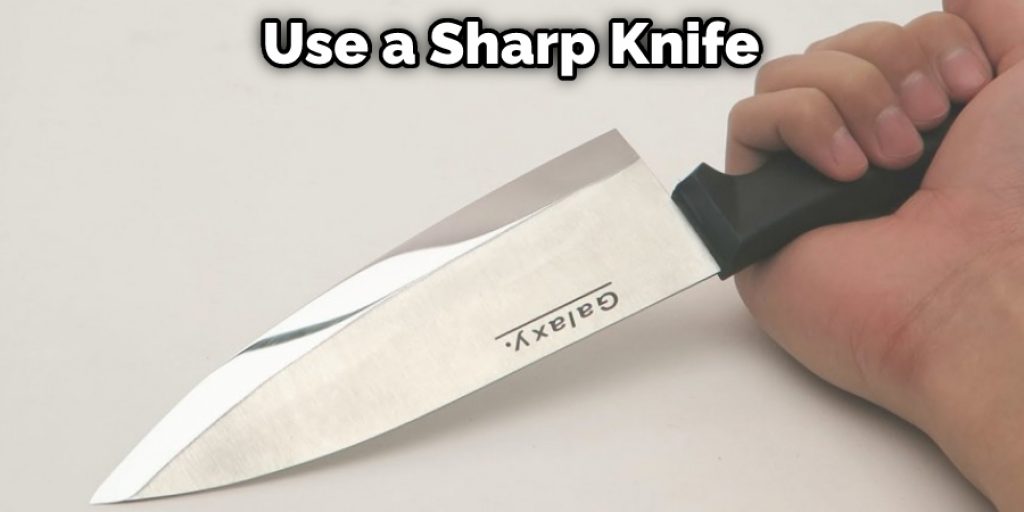
5. Dispose of Moldy Drywall
Once you have removed all of the moldy drywall, you will need to dispose of it. Moldy drywall can release mold spores into the air, so it is important to dispose of it properly. The best way to dispose of moldy drywall is to place it in a heavy-duty garbage bag and seal it tightly. Then, place the garbage bag in a dumpster or outside trash can.
6. Clean the Area
After you have removed the moldy drywall, it is important to clean the area. First, use a vacuum with a HEPA filter to remove any mold spores from the area. Next, use a damp cloth to wipe down the area. Finally, use a dry cloth to remove any moisture. If you have a mold allergy, it is important to avoid breathing in mold spores.
7. Repair the Area
Once the area is clean, you will need to repair the area. If the drywall was damaged, you would need to replace it. You can either purchase new drywall or use salvageable pieces of drywall. If the drywall was not damaged, you could patch the area.
8. Install Mold Resistant Products
After you have repaired the area, you may want to install mold-resistant products. These products can help to prevent mold growth in the future. Some mold-resistant products include mold-resistant drywall, mold-resistant paint, and mold-resistant caulk. To do this, first, follow the manufacturer’s instructions. If you are installing drywall, be sure to use mold-resistant drywall tape.
You Can Check It Out to Repair Stripped Screw Holes in Drywall
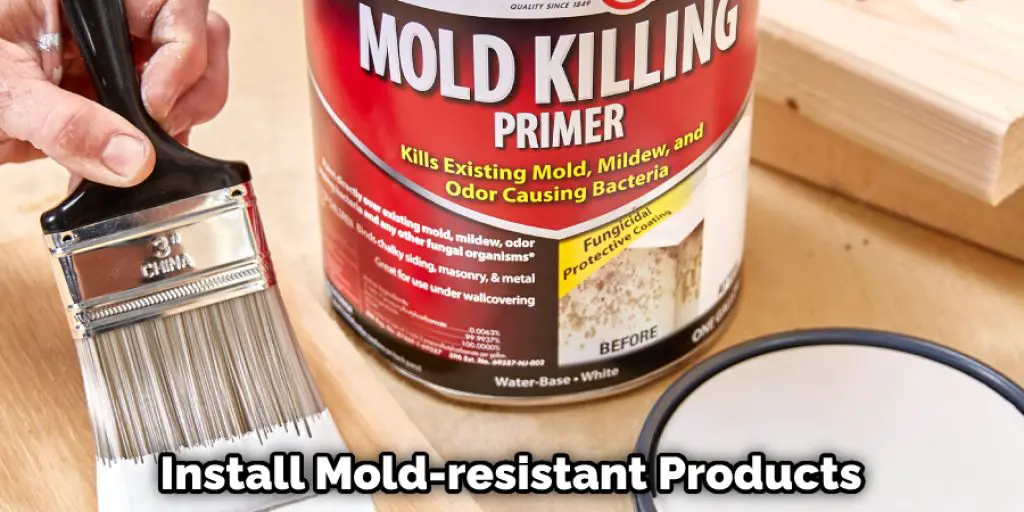
9. Seal the Area
Once you have installed the mold-resistant products, you will need to seal the area. This will help to prevent mold spores from entering the area. You can use various products to seal the area, such as caulk, silicone, or weatherstripping. To do this, first, follow the manufacturer’s instructions. Then, apply the product around doors, windows, and other openings.
How Much Does it Cost to Remove Black Mold?
The cost of removing black mold depends on the size of the affected area and the type of material that is contaminated. If the moldy area is small and the contaminated material is easy to remove, the cost will be lower. However, if the affected area is large or the contaminated material is difficult to remove, the cost will be higher. Normally, the cost of removing black mold ranges from $500 to $4,000.
How to Prevent Black Mold
1. Control Humidity
One of the best ways to prevent black mold is to control humidity. Mold thrives in humid environments, so it is important to keep the humidity level in your home low. To do this, you can use a dehumidifier or an air conditioner. You should also avoid using humidifiers.
2. Ventilate Moist Areas
Another way to prevent black mold is to ventilate moist areas. Moisture can cause mold to grow, so it is important to ventilate areas that are prone to moisture. This includes bathrooms, kitchens, laundry rooms, and basements. To ventilate these areas, you can use exhaust fans.
3. Fix Leaks
Another way to prevent black mold is to fix leaks. Leaks can cause water to build up, which can lead to mold growth. So, fixing any leaks in your homes, such as leaky pipes or roofs, is important. To do this, first, find the source of the leak. Then, repair the leak or contact a professional to repair it.
4. Clean and Dry Flooded Areas
If your home has been flooded, it is important to clean and dry the area as soon as possible. Floodwaters can contain mold spores, which can cause mold to grow. You should use a disinfectant and a wet vacuum to clean the area. To dry the area, you can use fans and dehumidifiers.
5. Monitor Indoor Humidity
In addition to controlling humidity, you should also monitor indoor humidity. You can do this with a hygrometer, which is a device that measures humidity. It would help if you aimed to keep the indoor humidity level below 60%. If the humidity level rises above this, it could lead to mold growth.
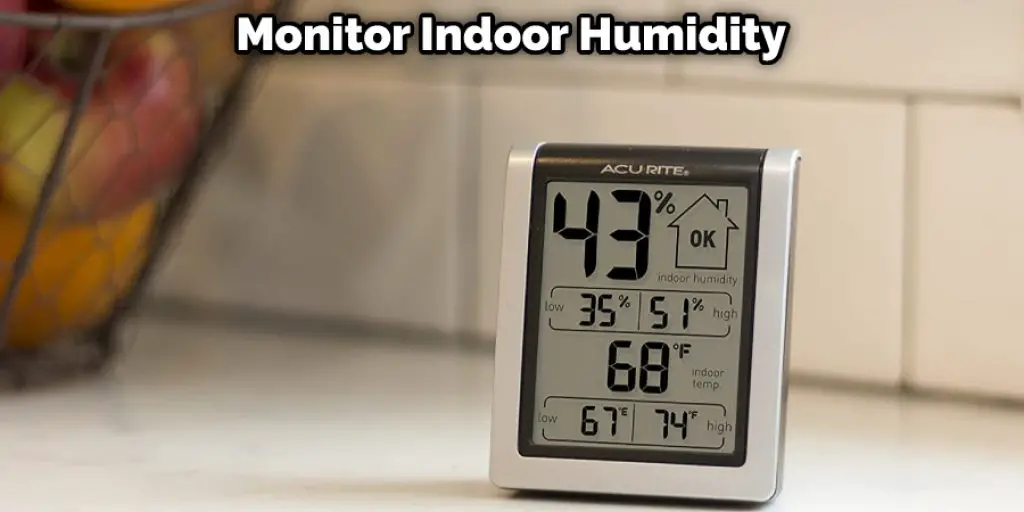
6. Discard Moldy Materials
If materials in your home become moldy, you should discard them. Mold can spread quickly, so it is important to get rid of moldy materials as soon as possible. These materials can include carpet, drywall, furniture, and clothing.
7. Clean Regularly
Another way to prevent black mold is to clean regularly. You should dust and vacuum your home on a regular basis. This will help to remove mold spores from the air. You should also clean any wet or damp areas, such as bathrooms and kitchens.
Tips and Warnings on How to Dispose of Drywall With Black Mold
Tips:
- Be sure to wear gloves, a dust mask, and eye protection when handling moldy drywall.
- Scoop the moldy drywall into heavy-duty garbage bags.
- Double-bag the moldy drywall and tie the bags tightly shut.
- Place the bagged drywall in a larger trash bin or dumpster for disposal.
- Wash your hands thoroughly with soap and water after handling moldy drywall.
Warnings:
- Do not attempt to clean or remove black mold yourself.
- Do not allow children or pets near moldy drywall.
- Do not try to salvage moldy drywall.
- Do not breathe in mold spores.
- If you have a mold allergy, speak to your doctor before handling moldy drywall.
Conclusion
This article provides information on how to dispose of drywall with black mold. If you have drywall with black mold, it is important to take the necessary precautions to ensure that the mold spores do not spread.
Following the simple steps in this guide, you can safely dispose of your drywall and prevent any health risks associated with black mold. We hope you found this article helpful. If you have any questions or comments, please feel free to contact us. Thank you for reading!








